.jpg)
The Kinh Chu stone carving craft in Kinh Mon town (Hai Duong) flourished during the Le Dynasty (14th century). Through many historical ups and downs, the stone carving craft has been preserved and promoted to this day.

The ancient Kinh Chu village lies at the foot of Duong Nham mountain range, next to the poetic Kinh Thay river, rich with fertile alluvium.
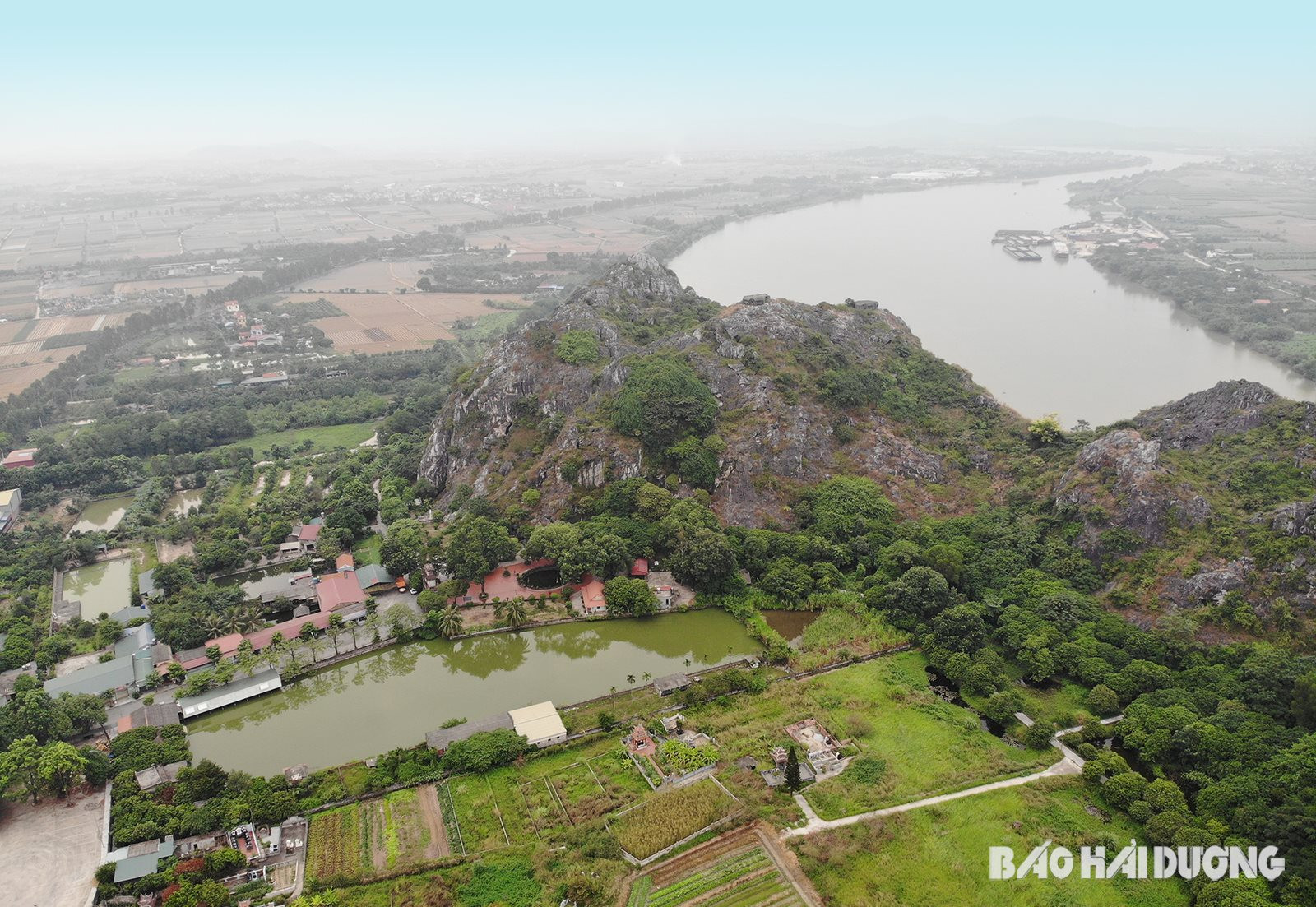
Going back in history, Kinh Chu in the Le Dynasty belonged to Kinh Chu commune, Giap Son district, Kinh Mon prefecture, now Duong Nham residential area, Pham Thai ward, Kinh Mon town (Hai Duong). During the resistance war, the Kinh Chu area was severely damaged. The inscriptions, relics, and the place to worship the founder of the profession no longer exist, so it is unclear exactly when the stone carving profession here began. Only some stone sculptures from the Le to Nguyen dynasties still clearly record information, especially on the walls of Kinh Chu cave, there are many marks and styles of ancient stone workers.
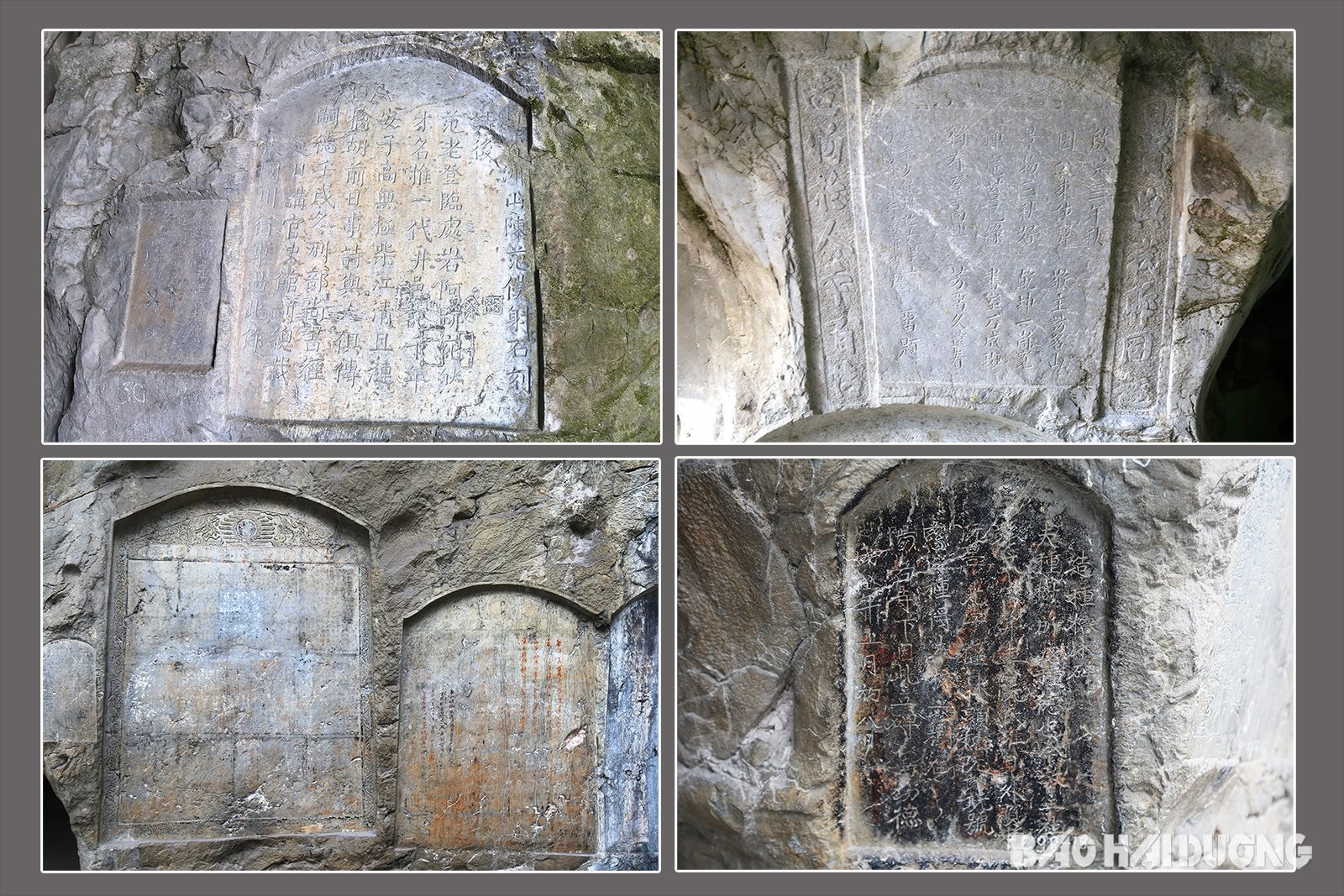
Since the Le Dynasty, the stone craft in Kinh Chu has been noticed and developed continuously until the years before the August Revolution. Around 1436, seeing that Duong Nham stone had cloud-like patterns and a loud sound, Nguyen Trai presented a petition to make a stone gong. The King agreed and ordered craftsmen in Giap Son district to take Duong Nham mountain stone to make it. At the end of the 15th century, King Le Thanh Tong once visited Kinh Chu cave and had the stone craftsmen engrave a poem on the top of the cave. At the beginning of the 16th century, many large steles were elaborately carved by Kinh Chu stone craftsmen on the cave walls, proving that the art of stone carving here had reached a high level...
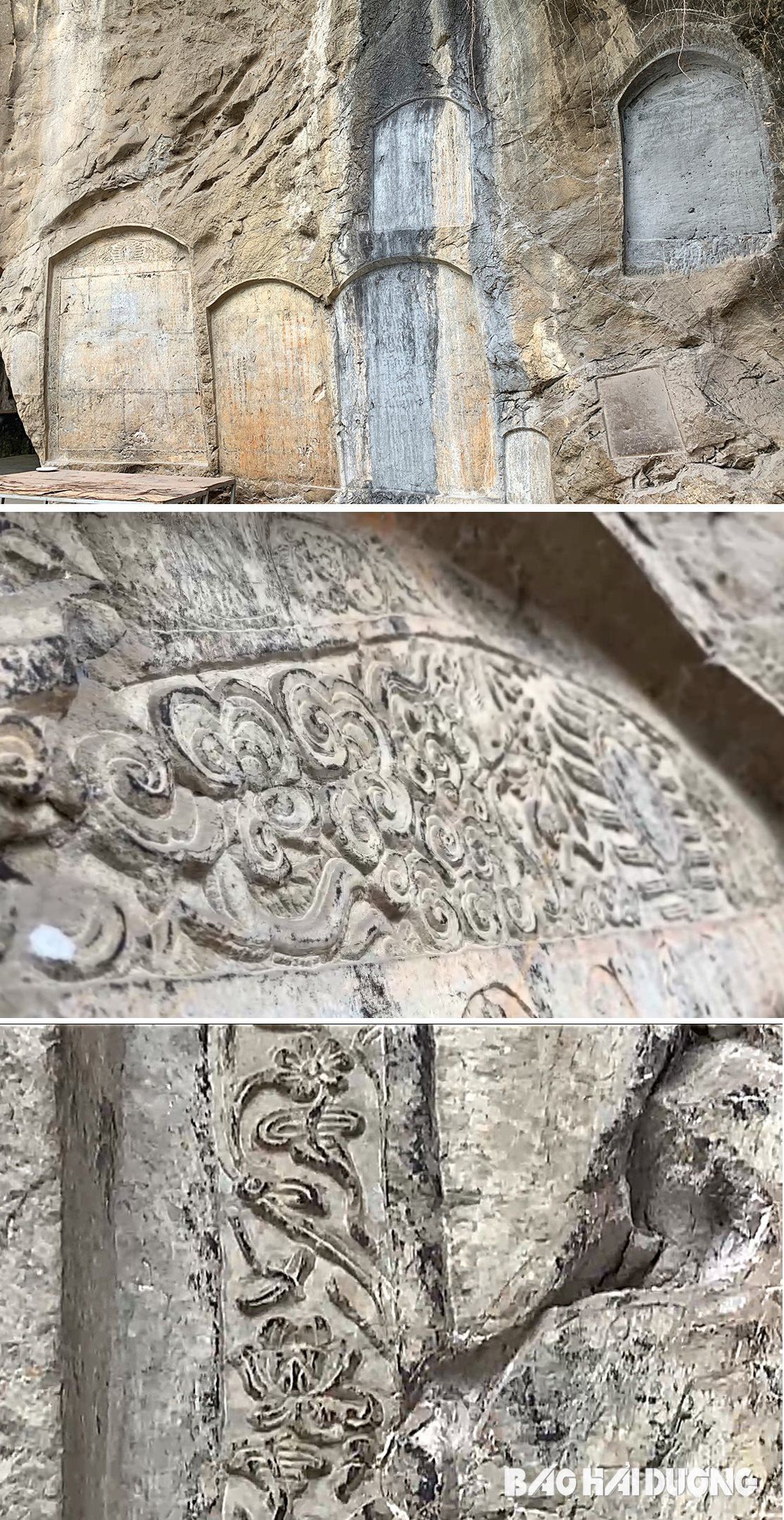
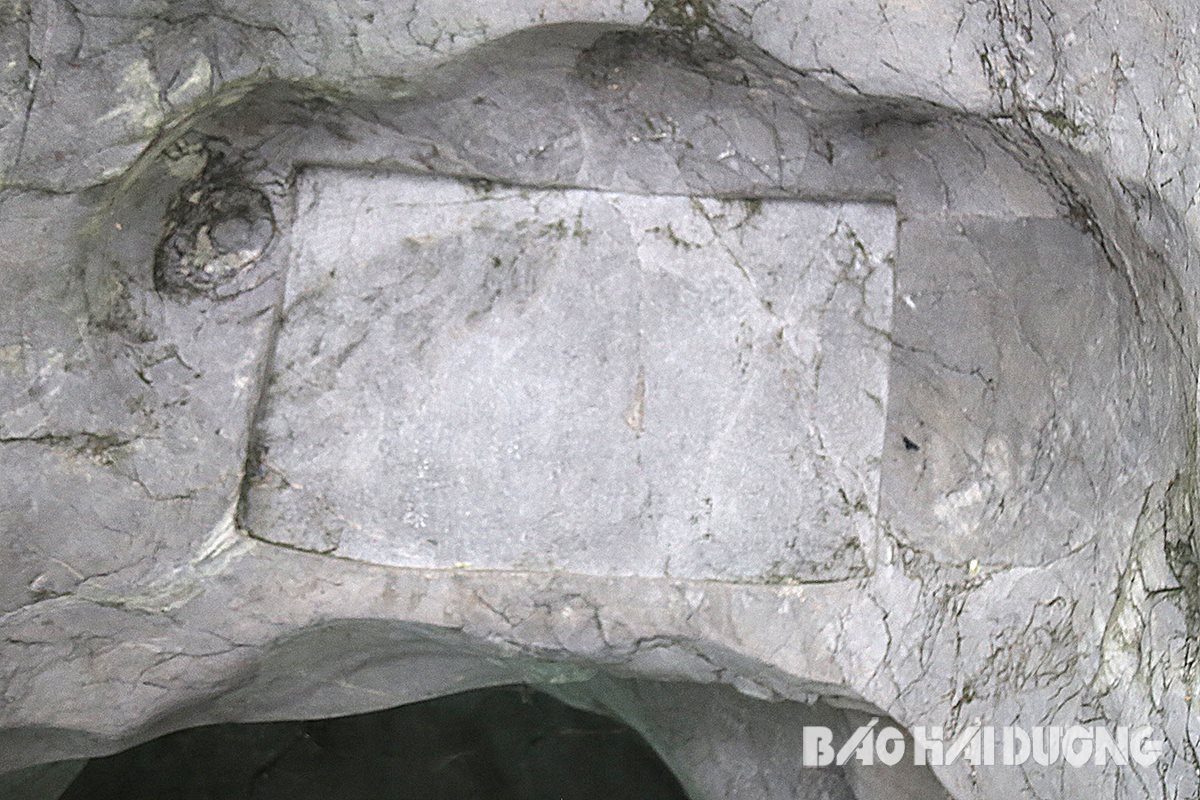
Some elders said that, according to their ancestors, the Kinh Chu stone carving village has existed for a long time. At that time, most men in Kinh Chu knew how to carve stones. Stone workers often produced some common products for sale locally and to traders on the waterway such as stone mortars, rice mills, slates, and boulders, or took on construction projects and stone carvings in places such as mausoleums, tombs, towers, bridges, and steles. The available raw materials from Kinh Chu stone mountain are of good quality and are easily exploited, providing year-round employment for stone workers here.
Having followed his father's profession for nearly 40 years, Mr. Vu Van Mao in Duong Nham residential area, Pham Thai ward said that in the past, the stone making profession was very developed, the craftsmen could not keep up with the production. The most popular products are stone dog statues, stone unicorns, stone steles, various stone mortars and rice shafts. Currently, Mr. Mao still follows the profession but only crafts products with artistic value such as: human statues, animal statues, stone bells...
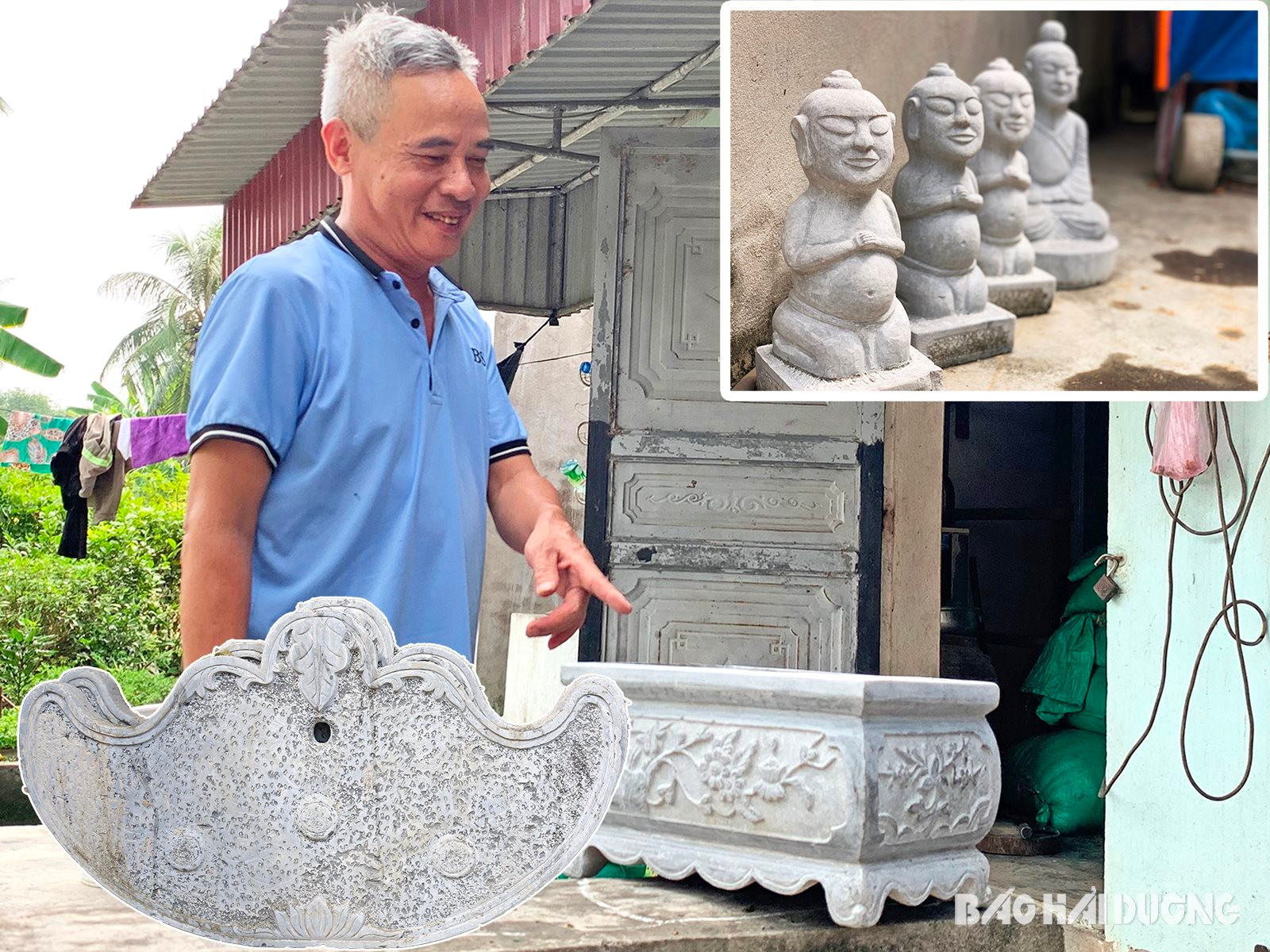
“I still follow this profession not because of the economy but because I love it. Nowadays, craftsmen use modern machinery to make their products, but the products are still not as beautiful and soulful as handmade products. To create soulful products from stone, nothing can replace the hands and minds of a stone craftsman,” said Mr. Mao.
.jpg)
With talented hands and love for the profession, the artisans of Kinh Chu stone carving village have created many sophisticated, sharp and famous stone works. Many works still exist today, not only bearing historical marks but also preserving the architectural art of carving by the ancient Kinh Chu stone workers. A typical example is the national relic of Ha Trang stone bridge in Thang Long commune (Kinh Mon) which has existed for more than 100 years. The bridge beams are carved with quite sharp dragon heads. In particular, the stele "Con Son Tu Phuc Tu Bi" erected in 1607 and read by President Ho Chi Minh when he visited Con Son in 1965 was also carved by the ancient Kinh Chu stone workers. The massive stone citadel of Ho Dynasty Citadel which has been recognized as a world heritage also bears the mark of the Kinh Chu stone workers...
.png)
The greatest journey of the Kinh Chu stonemasons is the mark of their talented hands still remaining on the system of more than 40 stone stele in Kinh Chu cave which have been recognized as national treasures. The stele inscriptions have elegant handwriting, sophisticated patterns, and sharp carvings.
.png)
According to Mr. Nguyen Kim Thuan, Kinh Mon town's relic management board, on both sides of the cave entrance are steles carved on the cliffs, with the appearance of ancient Chinese characters. The steles show decorative art patterns through dynasties such as Tran, Le So, Mac, Le Trung Hung, Nguyen... which are valuable in studying the history of the development of writing and writing style through the periods of the country. The Chinese characters and the translation of the national language are carved clearly, sharply, with sophisticated patterns and motifs. "The system of steles is like a unique stone museum preserving the sculpture art of Kinh Chu stonemasons over the past 7 centuries," said Mr. Thuan:
.jpg)

Through many ups and downs, the stories about stone are still preserved and promoted by the people here. Up to now, in addition to those who love the profession and still work on a small scale at home, the locality also has 5-6 large and small production facilities with about 30-40 workers. Not only manufacturing and constructing cultural works, temples, pagodas, tombs, the people of Kinh Chu stone craft village also carve and create animal figures, stone statues and many other types of products.
With the skillful hands and creativity of the stonemasons, the crude, lifeless stone slabs have become soulful works of art. Not only helping to develop people’s lives, the stone works also preserve traditional cultural values and create the cultural identity of the village.
Having done many different jobs, Mr. Tran Van Phu (35 years old), Vu Nghia fine art stone establishment in Pham Thai ward still returned to his hometown to follow his profession and continue writing stories about his ancestors' stones. Mr. Phu said that he followed his profession because he wanted to preserve and continue his ancestors' traditional profession to pass it on to the next generation; at the same time, develop the family economy, create jobs and income for local people.
.jpg)
Over time, the journey of Kinh Chu stone has also changed a lot. Before the relic and landscape of Kinh Chu cave area were strictly protected, craftsmen often went to the mountain to quarry stone. Currently, craftsmen have a source of stone supply from Thanh Hoa and Ninh Binh. The most obvious change is that craftsmen have introduced many machines to replace human labor, contributing to improving labor productivity.
No longer purely handmade as before, most of the carving stages have been mechanized with many types of modern machines, such as cutting, splitting, sawing, chiseling, trimming, winching machines; automatic water spraying systems help reduce dust. However, the introduction of machines into production has not yet created complete, soulful products. Only with the talented hands of craftsmen can we create sophisticated products. For example, the eyes and curled hair, fur... of the Nghe or dragon, after using machines, still have to be chiseled, carved, rubbed, and sanded by hand to create softness and naturalness.
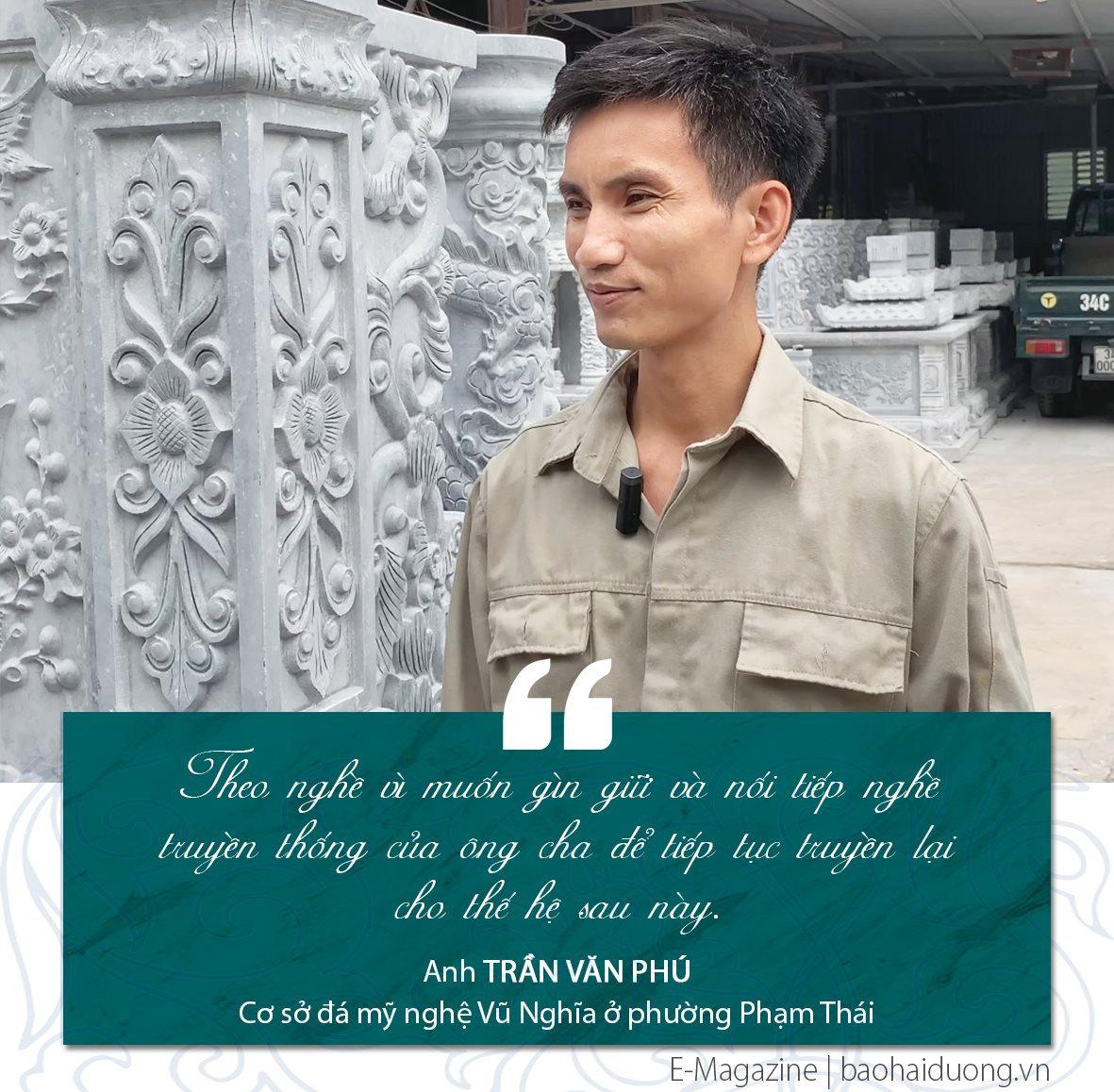
Mr. Phu added that some of the facility's products such as stone elephants, stone horses, tombs, stone dragons, temple pillars, etc. have been present in many localities across the country. Nowadays, the demand for restoration of historical relics, construction of family temples, and decoration of stone construction works is increasing. The facility is providing jobs for 10 workers with an income of 10-15 million/person/month. The facility's annual revenue is 3-5 billion VND, with a profit of about 20-30%.

Together with the special national relic An Phu - Kinh Chu - Nham Duong, the stone carving craft village of Kinh Chu can completely connect to develop tourism.
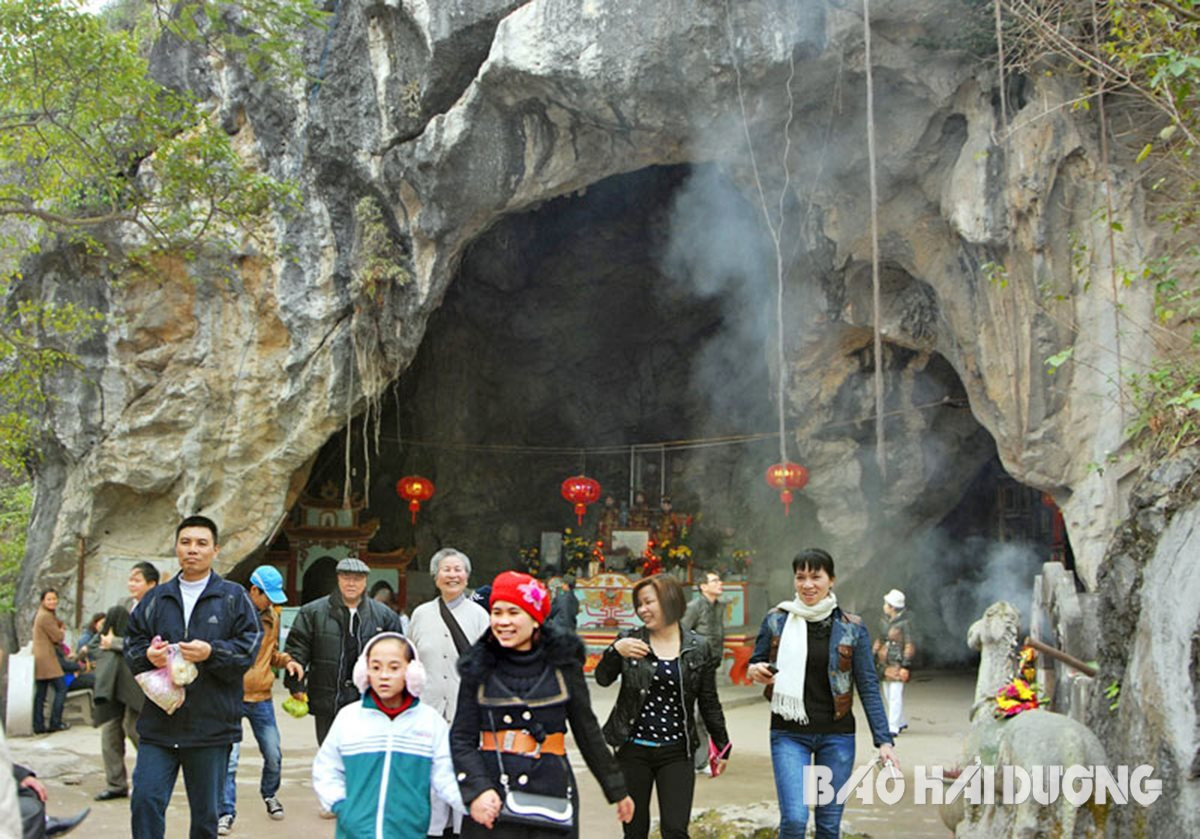
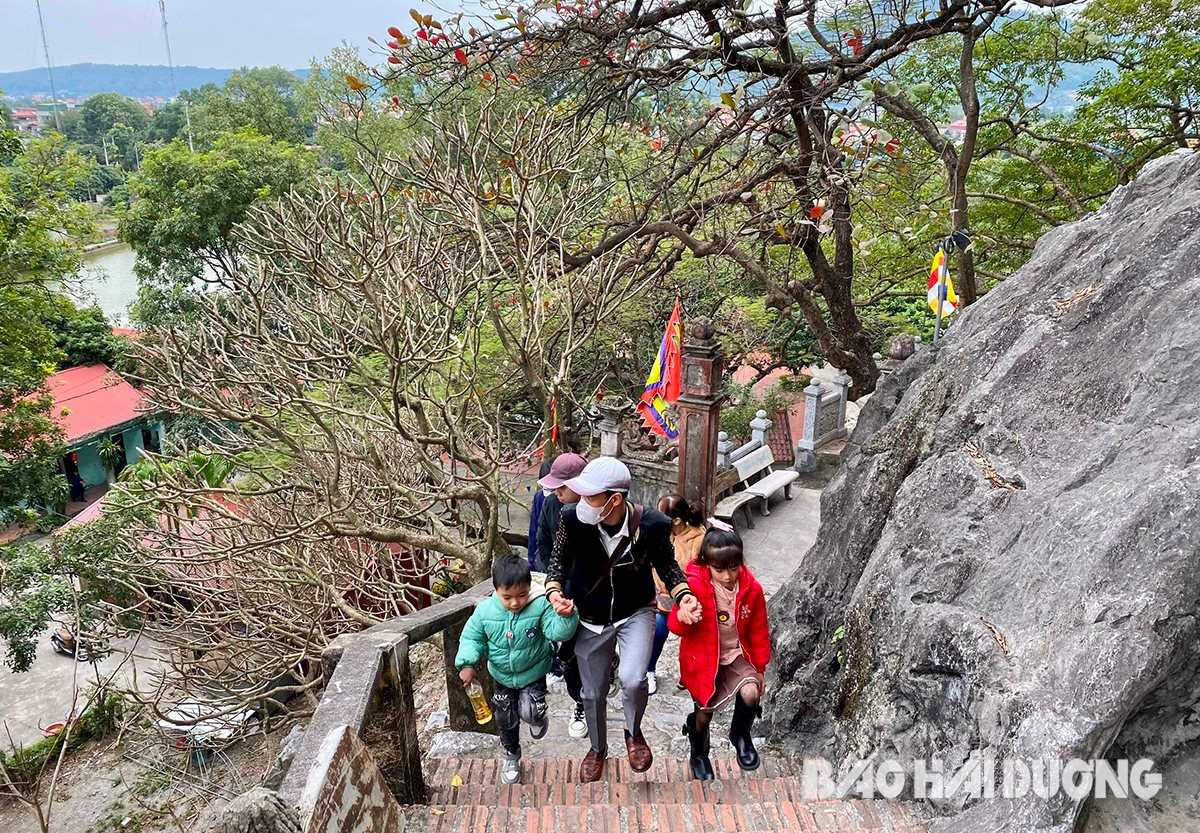
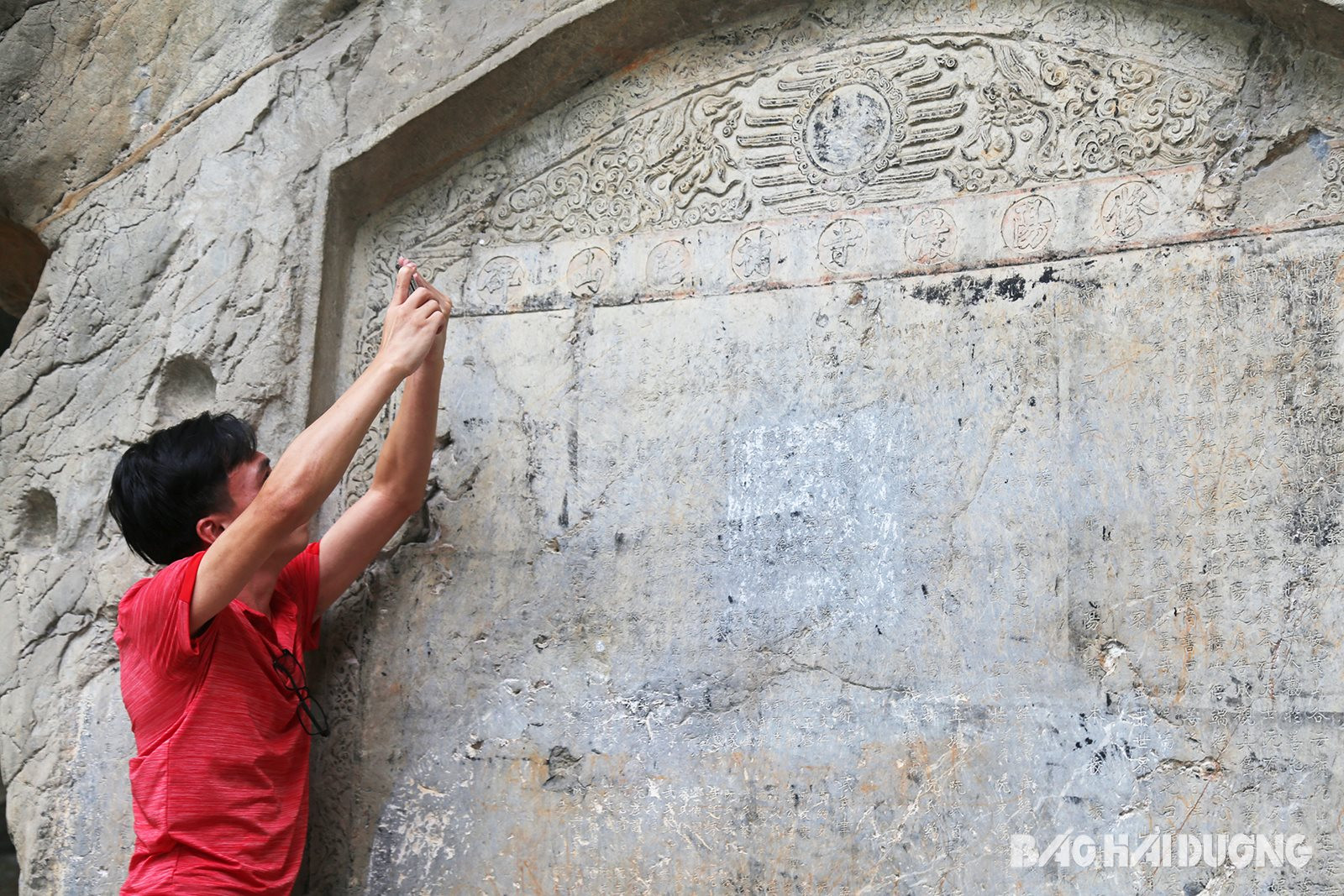
In fact, many tourists when coming to Kinh Chu cave, admiring and listening to the explanation about the national treasure of the stele system, cannot help but be surprised and curious to visit Kinh Chu stone carving village.
Ms. Pham Thi Hue (Hanoi) said that after visiting and worshiping at Kinh Chu cave, she also wanted to visit Kinh Chu stone carving village to see with her own eyes the artisans here making stone sculptures. If there are souvenirs made from stone, tourists like her can buy them as souvenirs.
On the other hand, preserving and developing craft villages also contributes to heritage education for future generations. Currently, students are studying under the new 2018 general education program, which includes local education content. Kinh Chu stone carving craft village can be a red address for schools to connect and bring students to study and educate about traditions, cultural values, and local heritage.
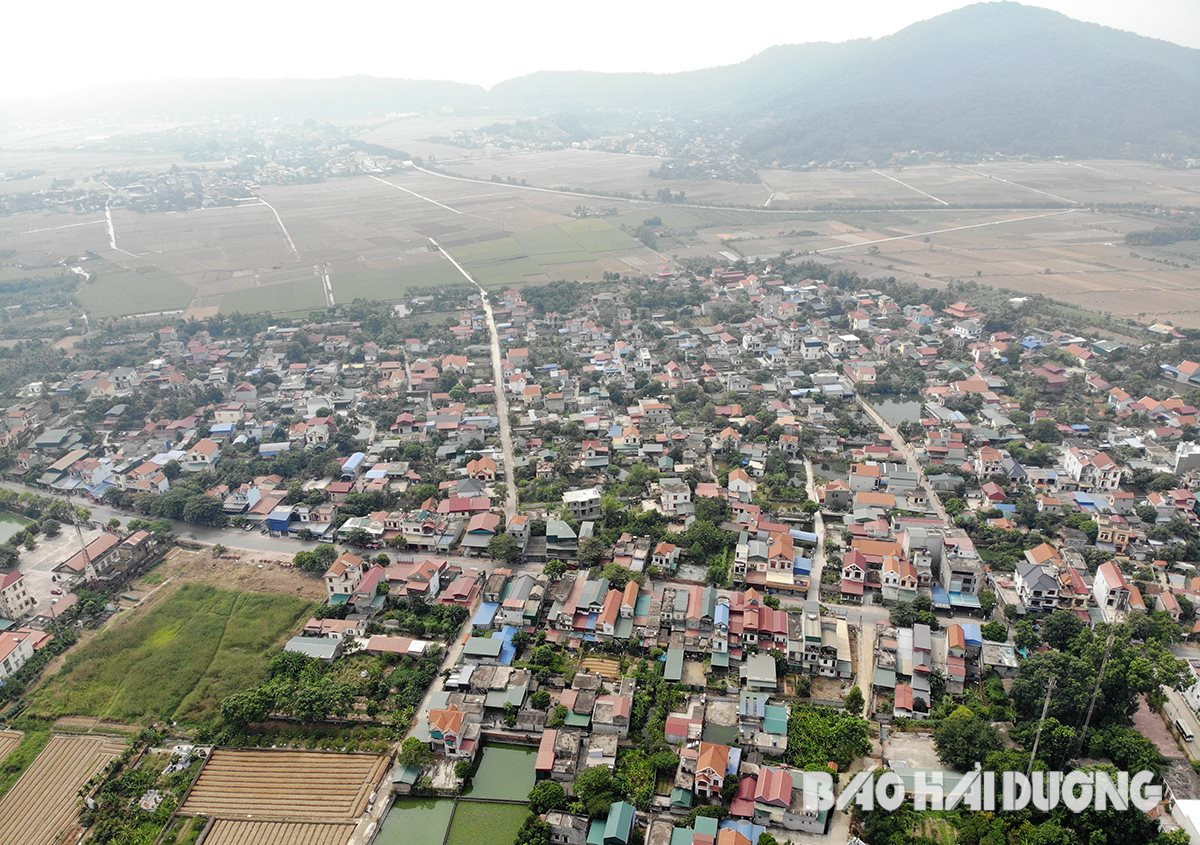
To do this, relevant levels and sectors need to have solutions to attract investment in tourism technical facilities and supporting services that can constitute tourism products; promote tourism promotion, advertising, and linkages and cooperation with tourism units, travel agencies, schools, etc.
Mr. Nguyen Minh Thang, Vice Chairman of Pham Thai Ward People's Committee, said that the local government encourages and creates favorable conditions for stone production establishments to develop today. However, in order for the stone carving profession to develop further, it is necessary to have the attention, direction and support from superiors so that Kinh Chu stone carving village can develop sustainably, in which it is associated with tourism exploitation and development.
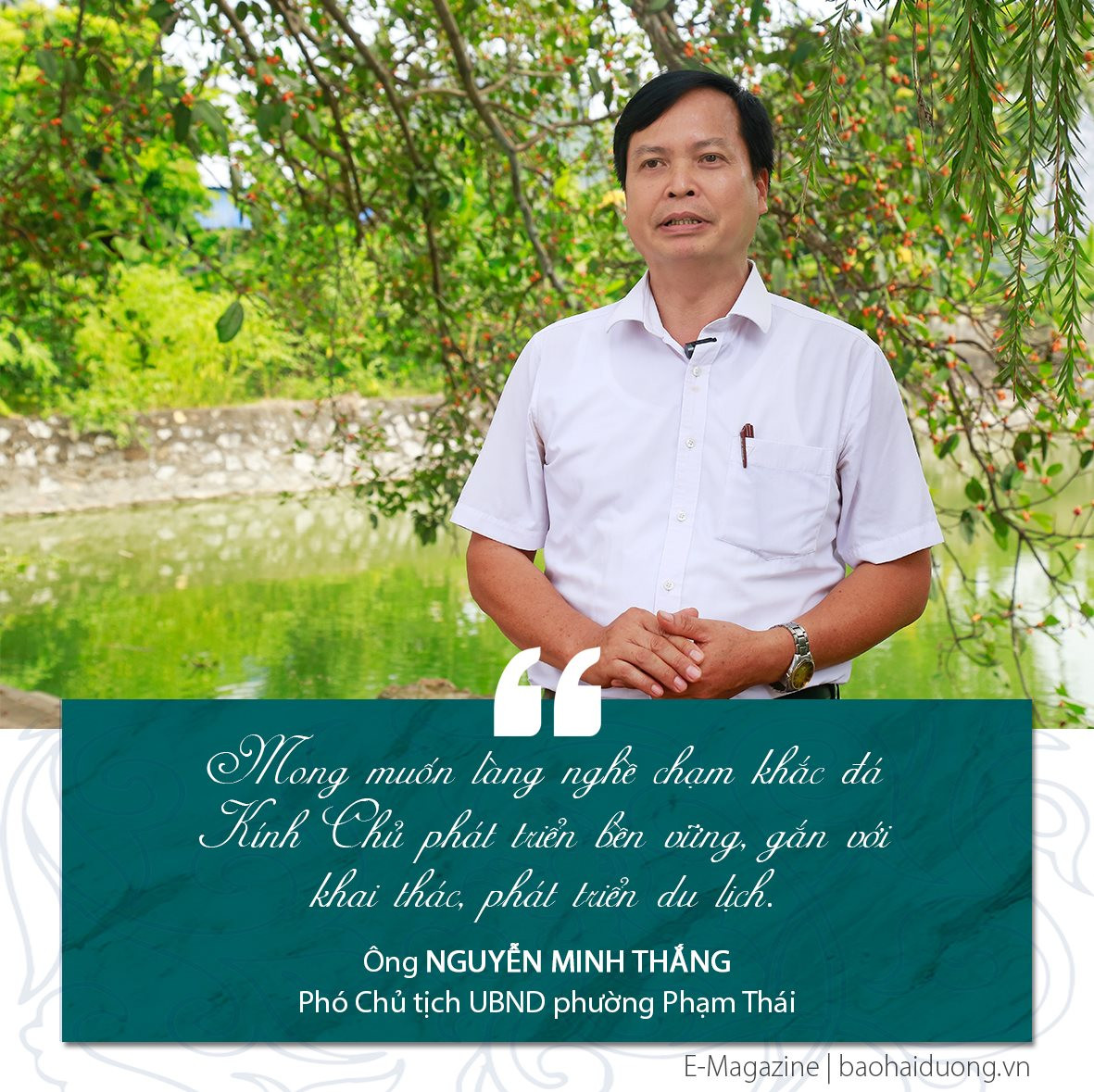
In the immediate future, each villager of Kinh Chu stone carving village needs to be educated and promoted about tourism culture; ensure environmental hygiene, and create sympathy for tourists right from the production space. The village needs to select and restore unique cultural features, creating tourism products to attract tourists. Tourists can directly experience some simple stone carving steps guided by the stone craftsmen here...
Content:THE ANH
Present:TUAN ANH